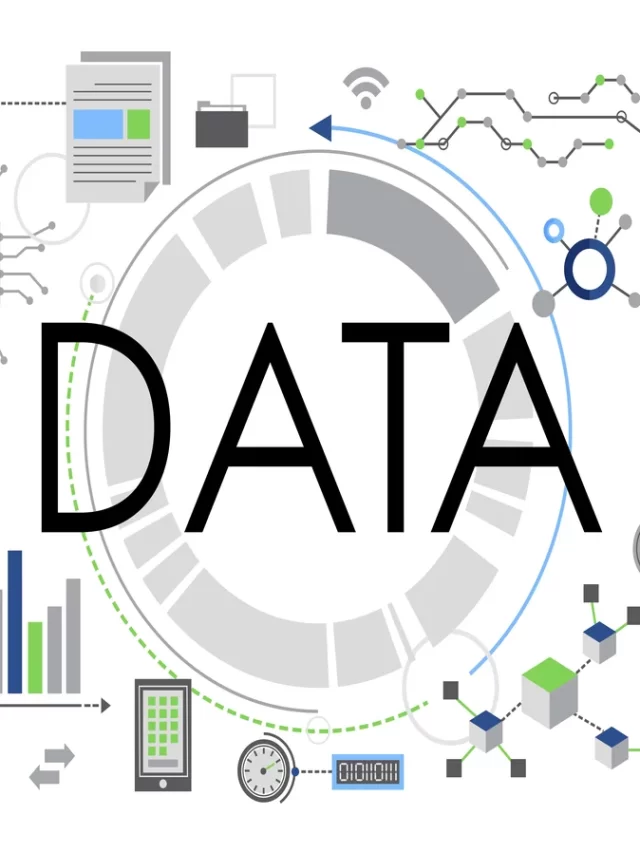Google Tag Manager’s Hidden Data Leaks and Vulnerabilities

Google Tag Manager (GTM) is a powerful tool used by marketers and website owners to manage various tracking tags and scripts without needing to modify the site’s code directly. While it offers convenience and efficiency, it also presents potential risks in terms of data leaks and vulnerabilities if not managed and secured properly.
1. Cross-Site Scripting (XSS) Vulnerabilities
One of the primary concerns with GTM is the risk of Cross-Site Scripting (XSS) attacks. Malicious actors can inject harmful scripts into tags, allowing them to execute arbitrary code on a user’s browser when they visit a compromised website. These scripts can steal sensitive data, such as login credentials or personal information, leading to severe security breaches.
2. Unauthorized Tag Insertion
Improper access controls or misconfigured permissions in GTM can result in unauthorized individuals inserting tags onto websites. This could lead to the execution of undesirable scripts, affecting user experience, and potentially compromising user data.
3. Data Layer Manipulation
GTM relies on a data layer to store and transmit information between the website and tags. If attackers gain access to manipulate this data layer, they can alter the information sent to analytics or marketing platforms, leading to skewed analytics, incorrect user segmentation, or even fraudulent transactions.
4. Data Tracking and Compliance Risks
Improperly configured tags in GTM might inadvertently track sensitive user data without proper consent or in violation of privacy regulations like GDPR or CCPA. This not only poses a risk of legal repercussions but also damages the trust between users and the website owner.
Mitigation Strategies
Regular Security Audits
Perform routine security audits of GTM configurations and tag implementations. This includes reviewing access controls, validating tag configurations, and monitoring for suspicious activity.
Secure Tag Implementations
Implement security best practices for tags, such as sanitizing user inputs, using Content Security Policy (CSP) headers, and validating and restricting the domains allowed to load scripts via GTM.
Access Control and Permissions
Ensure proper access controls and permissions within GTM. Limit access only to authorized personnel and regularly review and revoke unnecessary privileges.
Data Layer Integrity Checks
Monitor the integrity of the data layer within GTM. Validate incoming data to ensure its authenticity and integrity, preventing unauthorized modifications.
Compliance and Data Governance
Adhere strictly to data privacy regulations and obtain proper consent for data collection. Regularly review and update privacy policies to reflect any changes in data handling practices.
Key Takeaways
Google Tag Manager streamlines the process of managing website tags but introduces potential risks if not managed securely. By implementing robust security measures, regularly auditing configurations, and staying compliant with data privacy regulations, businesses can mitigate these risks and maintain the integrity and trustworthiness of their online platforms.
FAQs:
Google Tag Manager is a tool that allows users to manage and deploy various tracking tags and snippets of code on their websites without directly modifying the site’s source code. It works by placing a container snippet on the website, which then houses and manages different tags, such as those for analytics, marketing, or other third-party tools.
Yes, GTM can be used securely by following best practices, regularly updating configurations, and staying vigilant about security updates and compliance requirements.
Ensure that your data collection practices through GTM align with privacy regulations such as GDPR, CCPA, or other applicable laws. Obtain explicit consent from users for data collection, clearly communicate your data handling policies, and regularly review and update these policies as needed.
Yes, regular monitoring and updates are crucial to ensure that your GTM setup remains secure. New vulnerabilities may arise, and configurations may need adjustment to adapt to changing security landscapes or compliance requirements.
There are other tag management solutions available, but the security of any platform relies on proper configuration and adherence to best practices. It’s essential to evaluate each platform’s security features and choose one that best aligns with your security needs and compliance requirements.







